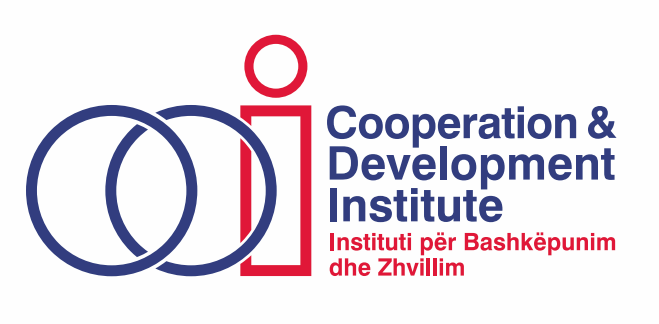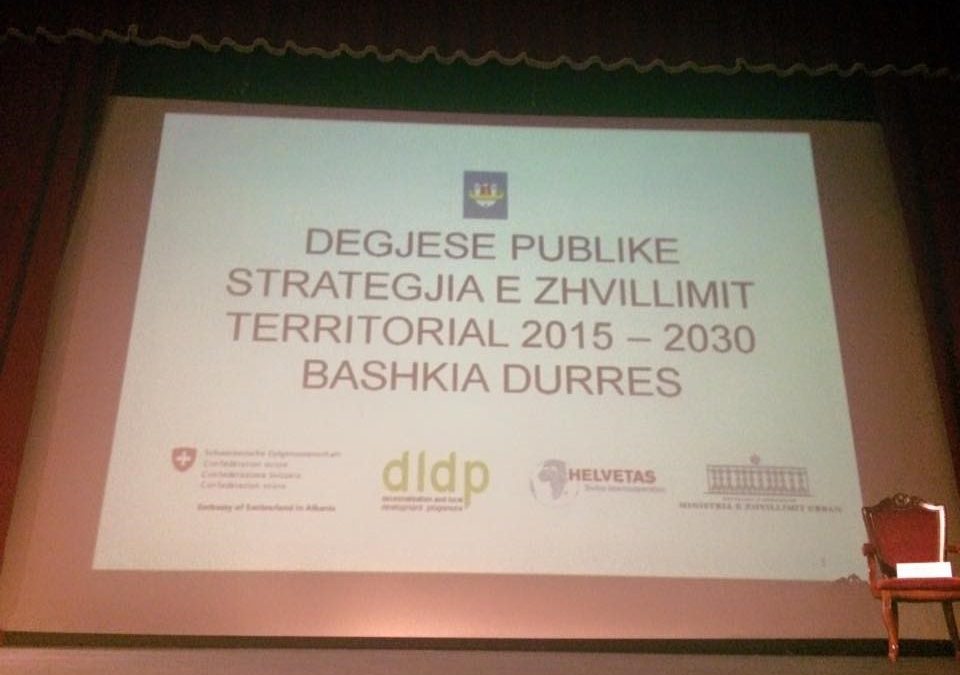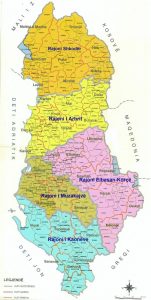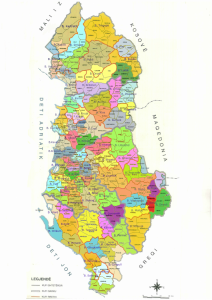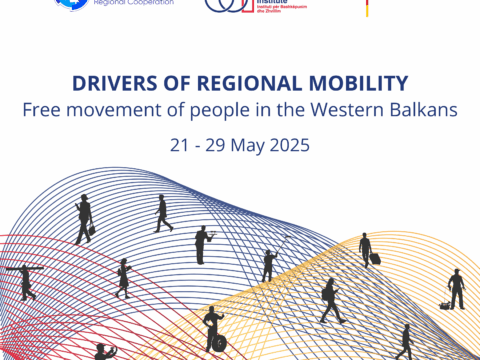ShtetiWeb.org portal, flagship initiative of CDI, presented on 7 March 2014, the results of the first phase of the initiative “Territorial Administrative Reform based on the consultation with citizens”. The preparation of the study and its results is based on 250 individual consultations throughout the country with citizens that in the past have covered legislative and executive functions at all levels of local government, or have been professionally linked to. In a second stage, the results of these consultations have been discussed in 12 round tables organized in each region. The proposed maps of the new territorial administrative reform along with surfaces, administrative borders, number of population and relevant administrative centers reflect the bottom-up proposals collected during the three-month period.
Based on the vision of ShtetiWeb, the territorial administrative reform should take place together with the decentralization reform, and especially the fiscal decentralization. Territorial reform and decentralization are the two columns on which the local government should be reorganized in order to provide efficient and qualitative services to the citizens. This reform requires the preparation of a package of over 20 laws, which should be adapted and redrawn accordingly.
Today, at country level, local government units manage only 7% of public funds. While around 1,000 administrative units of the central government that are decentralized across regions, districts and municipalities, manage most of funds, and this should be the competence of a local government unit.
In the draft proposal submitted by ShtetiWeb, local government units have two levels. While the first level (the municipality) is re-arranged to have an exclusive function of providing services to citizens, the second (county / region) takes over the administration of the territory and the regional policies for economic and social development in accordance with the National Strategies for Development and Integration. With this approach, Shtetiweb suggests to half the number of actual regions. The consultation and analysis of the criteria of the population, the size and persistence of the territory, tradition and local cultures, ethnicity, functional areas and financial analysis of economic efficiency of current local government units, have produced the proposal of a drastic reduction of the number of local first level units up to a maximum of 89.
The findings summarized in this draft proposal enrich significantly the public debate and are available in Shtetiweb.org portal. Consultations with interested citizens and other stakeholders will be carried out during a three-month period through the online Forum Curiaweb, where citizens can get familiarized with the content of the proposal and express their concrete opinions.
The results of this consultation process will be part of the final proposal, which will be finalized after four months.
